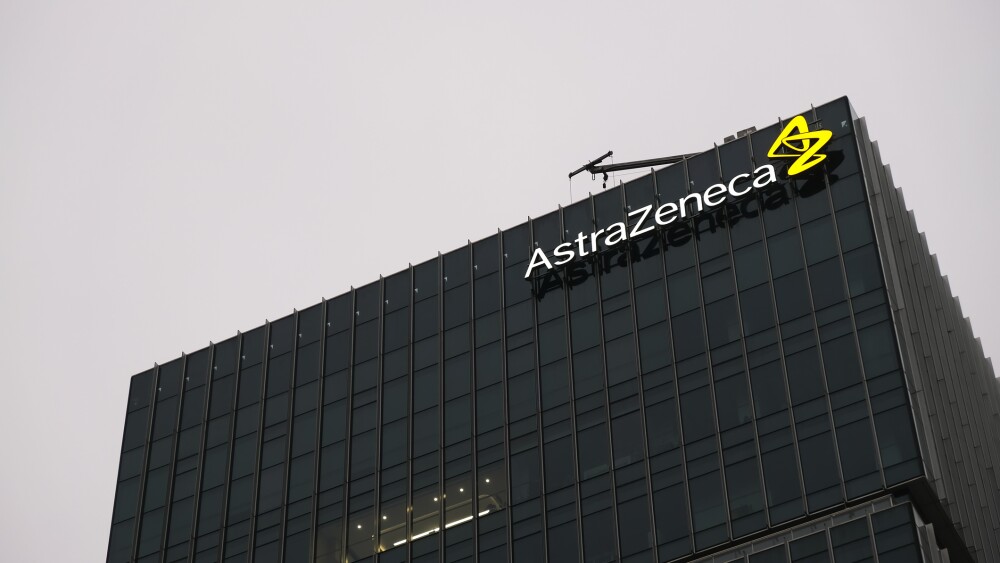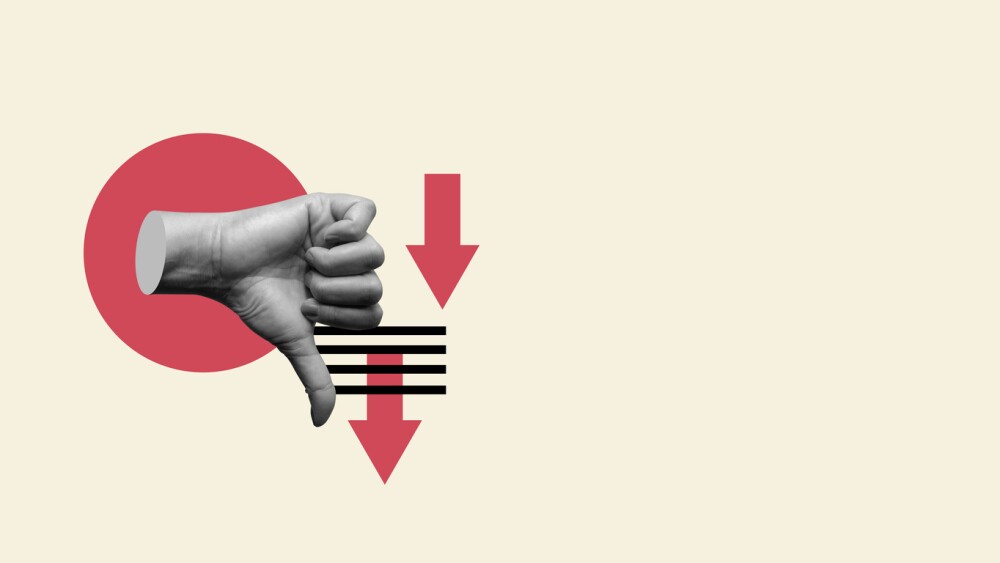Roivant has chalked up a mid-stage victory for its Pfizer-partnered dual TYK2/JAK1 inhibitor, setting it up to start a Phase III trial in non-anterior non-infectious uveitis this year.
Roivant has chalked up a mid-stage victory for its Pfizer-partnered dual TYK2/JAK1 inhibitor, setting it up to start a Phase III trial in non-anterior non-infectious uveitis this year.
The oral drug candidate, brepocitinib, was one of the assets Pfizer transferred to Roivant’s Priovant Therapeutics in 2022. Brepocitinib targets TYK2, the receptor hit by Bristol Myers Squibb’s Sotyktu (deucravacitinib), and its sibling JAK1. Roivant is already testing the asset in a Phase III trial and ran the non-anterior non-infectious uveitis (NIU) study to learn whether to add a second pivotal program.
Investigators randomized 26 subjects with active NIU to receive 45mg or 15mg of brepocitinib once daily. Two thirds of the participants received the higher dose. All participants received a 60mg-a-day burst of prednisone for two weeks and were tapered off the steroid by week eight.
The primary endpoint looked at the rate of treatment failure, a registrational composite measure of ocular inflammation, visual acuity, and discontinuation because of intercurrent events or the initiation of rescue therapy. After 24 weeks, the rate of treatment failure was 29% and 44%, respectively, in the high and low dose cohorts.
Those figures compare favorably to the Phase III data that AbbVie used to support approval of Humira (adalimumab) in the indication in 2016. Across two late-phase trials, both of which enrolled more than 200 patients, AbbVie reported Humira treatment failure rates of 54.5% and 39.1%, respectively. The failure rates in the placebo cohorts were 78.5% and 55.0%, respectively.
AbbVie generated its results in much larger studies that were different than Roivant’s trial in some ways, such as the length of the steroid taper period. The differences mean comparisons of the results of the clinical trials may be unreliable. With that caveat, Roivant’s results look competitive and brepocitinib is given orally, making it potentially more convenient than the injectable Humira.
Roivant’s trial also met its week 24 secondary efficacy endpoints, including assessments of haze grades, visual acuity and macular thickness. Macular edema resolved by week 24 in 43% of participants in the 45mg arm who had the condition at baseline.
Safety and tolerability were consistent with prior clinical trials of brepocitinib, Roivant said. The biotech reported no new safety or tolerability signals. The safety profile of brepocitinib across studies to date is consistent with JAK inhibitors, a widely prescribed class of products that carries a black box warning.
Roivant is sufficiently encouraged by the results to commit to running a late-stage trial in the indication. A Phase III trial in NIU is scheduled to start in the second half of 2024. The biotech expects to report pivotal data in dermatomyositis next year.
The company disclosed the data alongside details of a $1.5 billion share buyback. Roivant will use $648 million to repurchase the entire Sumitomo Pharma stake. Sumitomo invested in Roivant in 2019.
Nick Paul Taylor is a freelance pharmaceutical and biotech writer based in London. He can be reached on LinkedIn.






